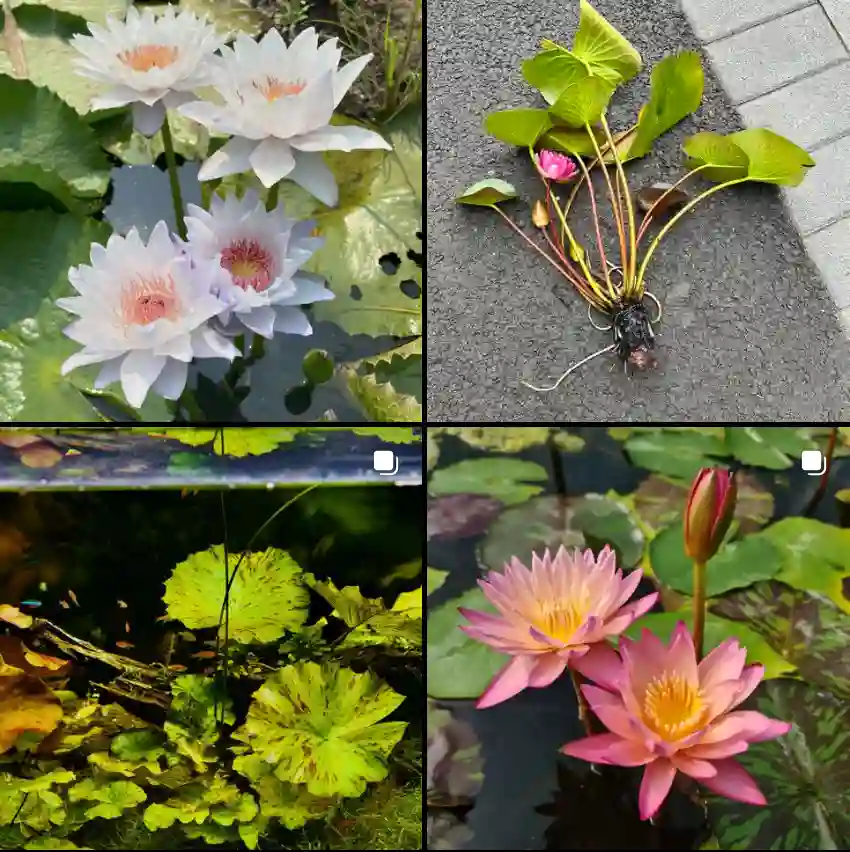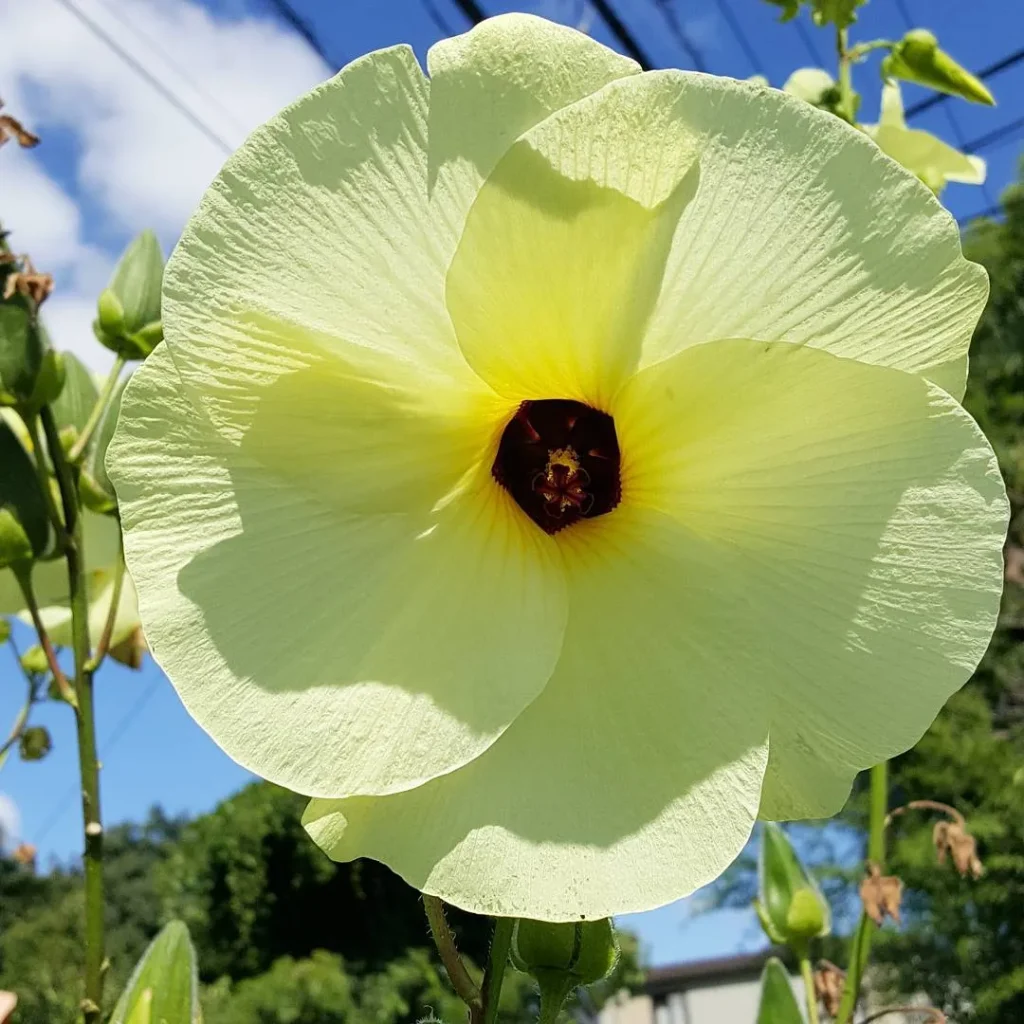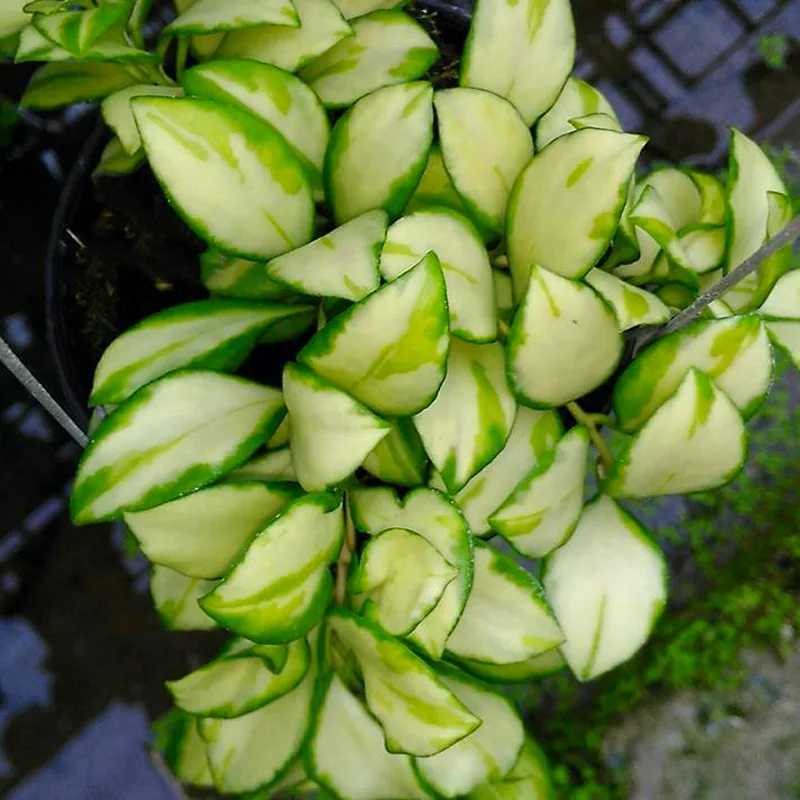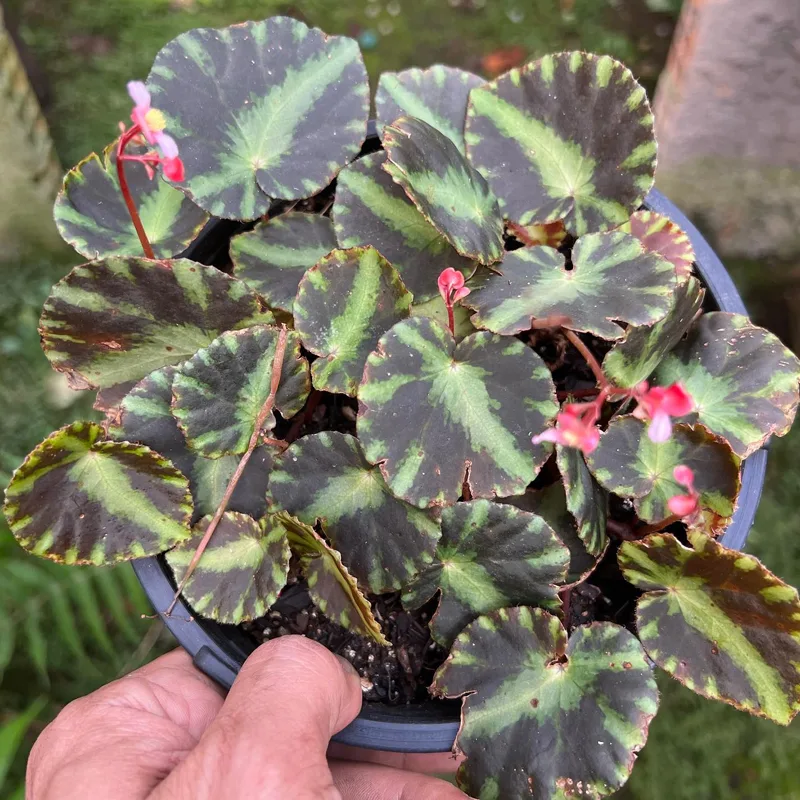What is Zelkova Musashino Columnar?
Zelkova Musashino Columnar is a deciduous tree known for its striking columnar shape and adaptability. I’ve found this tree to be an excellent choice for urban landscapes due to its narrow profile, which makes it perfect for tight spaces. It offers a unique combination of aesthetic appeal and functionality, growing upright with a dense canopy that provides shade without spreading too widely.
6 Species in Genus Zelkova
How to Care for Zelkova Musashino Columnar?
Caring for Zelkova Musashino Columnar is relatively straightforward, making it an ideal option for both experienced gardeners and novices. Here’s a rundown of what you need to keep in mind:
- Sunlight: This tree thrives in full sun, so plant it in a location that gets at least six hours of direct sunlight each day. In my garden, I’ve observed that trees placed in sunny spots exhibit more robust growth and denser foliage.
- Watering: While Zelkova Musashino is drought-tolerant once established, it appreciates regular watering during its early years. I found that watering once a week during dry spells works well. Ensure the soil remains moist but not waterlogged, as excessive moisture can lead to root problems.
- Soil: The tree prefers well-drained soil. Whether your soil is sandy, loamy, or clayey, good drainage is key. I’ve seen great results using a mix of compost and existing soil to improve drainage and nutrient content.
- Fertilization: Fertilize the tree annually in early spring with a balanced, slow-release fertilizer. I use a 10-10-10 mix, and it seems to keep the tree healthy and vigorous throughout the growing season.
- Pruning: Minimal pruning is required, but occasional trimming can help maintain its columnar shape and remove any dead or diseased branches. In my experience, light pruning in late winter or early spring before new growth begins is the best approach.
How to Propagate Zelkova Musashino Columnar?
Propagating Zelkova Musashino Columnar can be a bit challenging, but it’s doable with patience. The most common methods are:
- Seeds: Collect seeds from mature trees in late summer or early fall. Stratify the seeds by placing them in a refrigerator for about 30 days before sowing. Plant the seeds in a well-draining seed-starting mix, keeping them moist until they germinate.
- Cuttings: Take semi-hardwood cuttings in late summer. Dip the cut ends in rooting hormone and plant them in a pot with a mix of sand and peat. Keep the cuttings in a humid environment until roots develop.
In my garden, I’ve had mixed success with cuttings, so I prefer to start new trees from seeds or buy them from nurseries.
What to Plant With Zelkova Musashino Columnar?
Pairing Zelkova Musashino with complementary plants can enhance your garden’s aesthetic. Here are some ideas based on my experiences:
- Understory Plants: Consider planting shade-tolerant perennials or shrubs like hostas or ferns beneath the tree. They thrive in the filtered light that the Zelkova provides.
- Ground Cover: Creeping thyme or wintercreeper can serve as effective ground cover around the tree, helping to suppress weeds and add texture to the garden.
- Flowering Plants: For a splash of color, plant flowering plants like daylilies or astilbes nearby. Their vibrant blooms contrast nicely with the tree’s greenery.
Is Zelkova Musashino Columnar Toxic?
No, Zelkova Musashino Columnar is not toxic to pets or humans. I’ve never had any issues with toxicity in my garden, so it’s a safe choice for family-friendly landscapes.
Benefits of Zelkova Musashino Columnar
- Space Efficiency: Its columnar shape makes it ideal for urban gardens and smaller landscapes where space is limited.
- Aesthetic Appeal: The tree’s uniform shape and attractive foliage provide a clean, structured look. The autumn color change to vibrant oranges and reds adds seasonal interest.
- Low Maintenance: It’s relatively pest and disease resistant, making it a low-maintenance option for gardeners. In my experience, it has proven to be a robust and resilient tree.
Common Problems and Solutions
- Leaf Drop: Occasionally, the tree may experience leaf drop due to environmental stress. Ensure it has adequate water and isn’t exposed to extreme conditions.
- Pests: While generally pest-resistant, Zelkova Musashino can occasionally attract aphids or scale insects. Regular inspections and treatment with insecticidal soap can manage these issues effectively.
Comparison with Other Columnar Trees
When compared to similar columnar trees like the ‘Fastigiata’ Oak or ‘Columnaris’ Maple, Zelkova Musashino stands out due to its unique foliage and resistance to environmental stress. While the ‘Fastigiata’ Oak also offers a narrow profile, it can grow much larger and may require more space. The ‘Columnaris’ Maple has similar columnar growth but tends to have a more expansive canopy.
In summary, Zelkova Musashino Columnar is an excellent choice for anyone looking for a stylish, space-efficient tree that requires minimal care. Whether you’re enhancing an urban garden or adding structure to a larger landscape, this tree offers beauty, functionality, and resilience.
If i die, water my plants!



